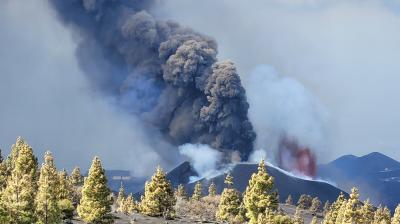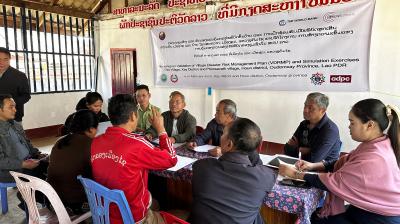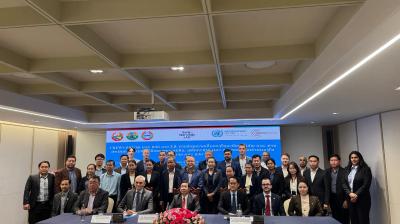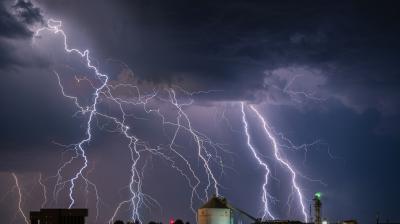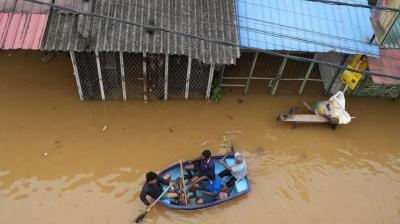WMO highlights hotspots, health hazards and economic cost of sand and dust storms
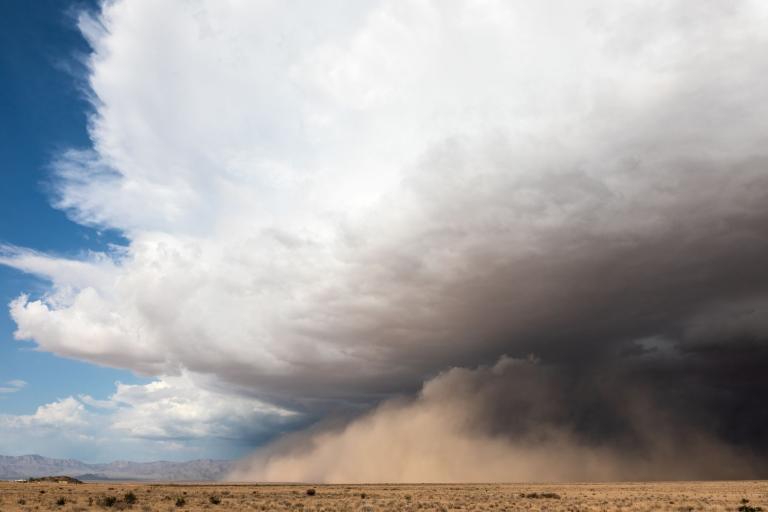
The annual WMO Airborne Dust Bulletin highlights hotspots and impacts of a hazard which affects about 330 million people in more than 150 countries worldwide. It is one of a suite of WMO scientific products to inform policy-making and to improve public safety and well-being.
Although the global average of annual mean dust surface concentrations in 2024 was slightly lower than in 2023, there were big regional variations. In the most affected areas, the surface dust concentration in 2024 was higher than the long-term 1981-2010 average.
Every year, around 2,000 million tons of sand and dust enters the atmosphere - equivalent to 307 Great Pyramids of Giza. More than 80% of the global dust budget originates from the North African and Middle Eastern deserts and can be transported for hundreds and even thousands of kilometers, across continents and oceans.
Much of this is a natural process, but poor water and land management, drought and environmental degradation are increasingly to blame.
“Sand and dust storms do not just mean dirty windows and hazy skies. They harm the health and quality of life of millions of people and cost many millions of dollars through disruption to air and ground transport, on agriculture and on solar energy production,” says WMO Secretary-General Celeste Saulo.
“This Bulletin shows how health risks and economic costs are rising – and how investments in dust early warnings and mitigation and control would reap large returns,” she said. “This is why sand and dust storms are one of the priorities of the Early Warnings for All initiative.”
The WMO Sand and Dust Storm Warning Advisory and Assessment System coordinates international sand and dust research and has operational regional centres.
The report was released to coincide with the International Day of Combating Sand and Dust Storms on 12 July.


